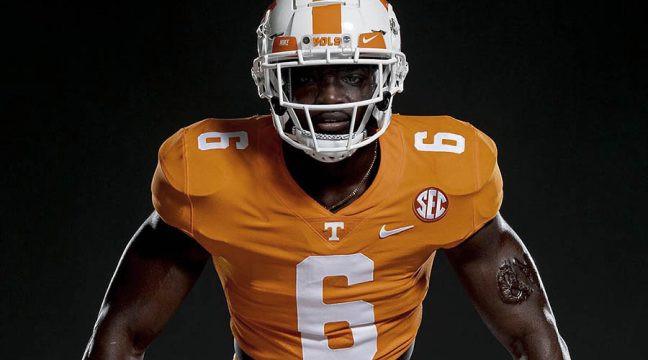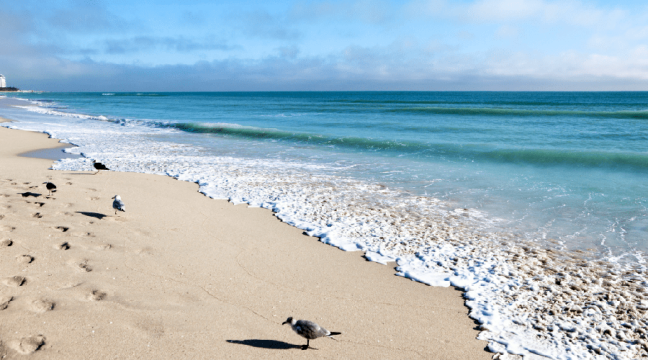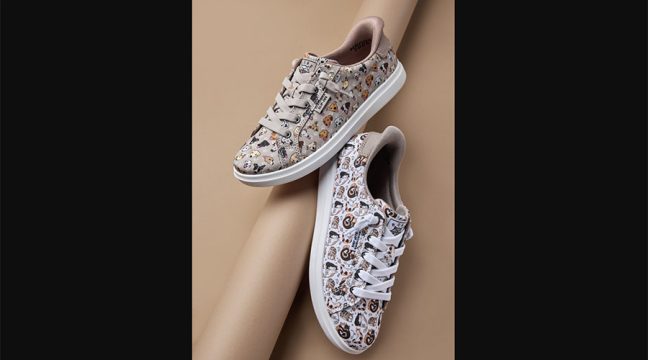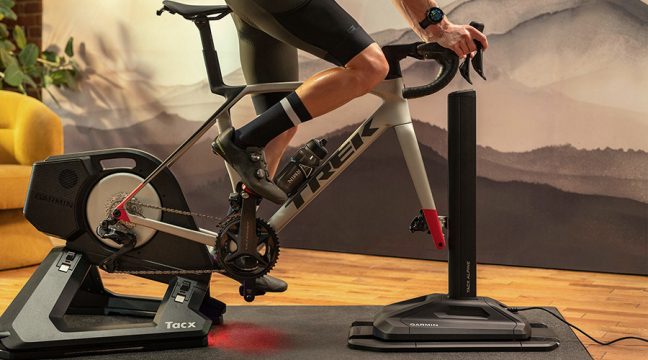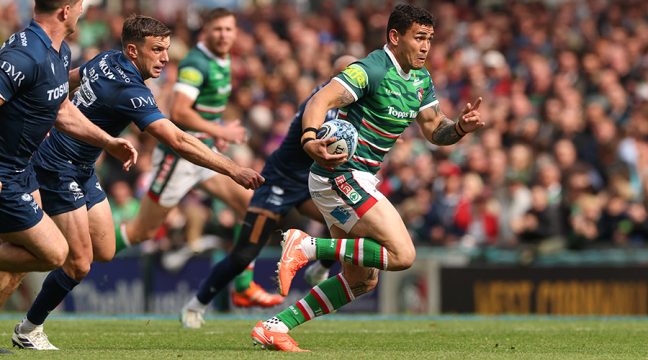Saucony is coming out with another significant upgrade to its Peregrine 6. Becoming the third Peregrine to be recognized as “Editor’s Choice” by Runner’s World in the publication’s Trail Shoe Guide, the new Peregrine adds EVERUN, a resilient foam in the heel.
The EVERUN heel insert maintains cushioning properties three times longer than standard EVAs while also returning 83 percent of the energy back that it absorbs, continuously giving back to runners.
Among the lightest shoes in the trail running category (men’s size 9: 9.4 oz.; women’s size 8: 8.5 oz.), the Peregrine 6, $120, also features a new PWRTRAC outsole for stickiness and durabilty, deep multi-directional lugs, a co-molded, nylon mesh External Bedrock Outsole plate, and lightweight FlexFilm welded onto the seamless mesh upper. SGB sat down with Patrick O’Malley, Saucony SVP of global product.

What Are The Major Differences Between The Peregrine 6 Versus The Peregrine 5? The EVERUN compound addresses the breakdown of cushioning and consequently joint protection in running shoes during the course of a run. Adding EVERUN to the Peregrine 6 as a heel insert allowed us to provide a material with great resiliency and at the same time let the runner feel the trail. The benefit of continuous cushioning really shines on the trail where uneven surfaces can create a lot of stress on the body.
The outsole has always been an important story for trail runners. The use of our PWRTRAC compound outsole began in our racing line. In testing, the tacky, durable rubber proved to be really beneficial off road as well, especially in wet and slippery conditions. PWRTRAC is adaptable to a variety of surface conditions. It reacted well on wet, uneven trail surfaces with mud, rock and the slippery roots we especially have to deal with here on the trails in the Northeast.
In addition to the PWRTRAC compound on the Peregrine 6, we also added deep channel grooves in the outsole for water flow, an important feature for managing puddles and other water obstacles on the trail. Additionally, a gusseted tongue helps keep out debris, especially on sandy trails, and a FlexFilm upper provides seamless comfort throughout the run.
Why has the Peregrine been a winner? Trail runners continue to love the Peregrine for a combination of things. The minimalistic approach to the upper makes the shoe really flexible. Because of fewer overlays, mud doesn’t get caked in the seams; which can add weight to the shoe. The Peregrine is built on the Kinvara midsole; the 4mm geometry and firmer midsole sets the foot up perfectly for a powerful toe-off. That and the aggressive outsole are things we know that trail runners not only want, but need.
 How is the trail run category for Saucony? Trail running is a growing focus, especially internationally, but in the U.S. as well. The trail running market can be a very competitive place; you have both the running brands and the outdoor brands battling for position. Trail runners are very passionate and supportive to brands that support trail running and the ambassadors of the sport.
How is the trail run category for Saucony? Trail running is a growing focus, especially internationally, but in the U.S. as well. The trail running market can be a very competitive place; you have both the running brands and the outdoor brands battling for position. Trail runners are very passionate and supportive to brands that support trail running and the ambassadors of the sport.
How would you rate the overall trail opportunity? According to the American Trail Running Association, trail running has seen exponential growth across the U.S. in recent years. Participation in trail running races has increased more than three-fold since 2000. Trail running, which in the U.K. and Ireland is also called mountain or fell running, is really taking off in Europe as well. When you think about it, all trail runners are runners. We’re fortunate to have a great relationship with runners; which continues to translate in very positive ways to our trail business.

